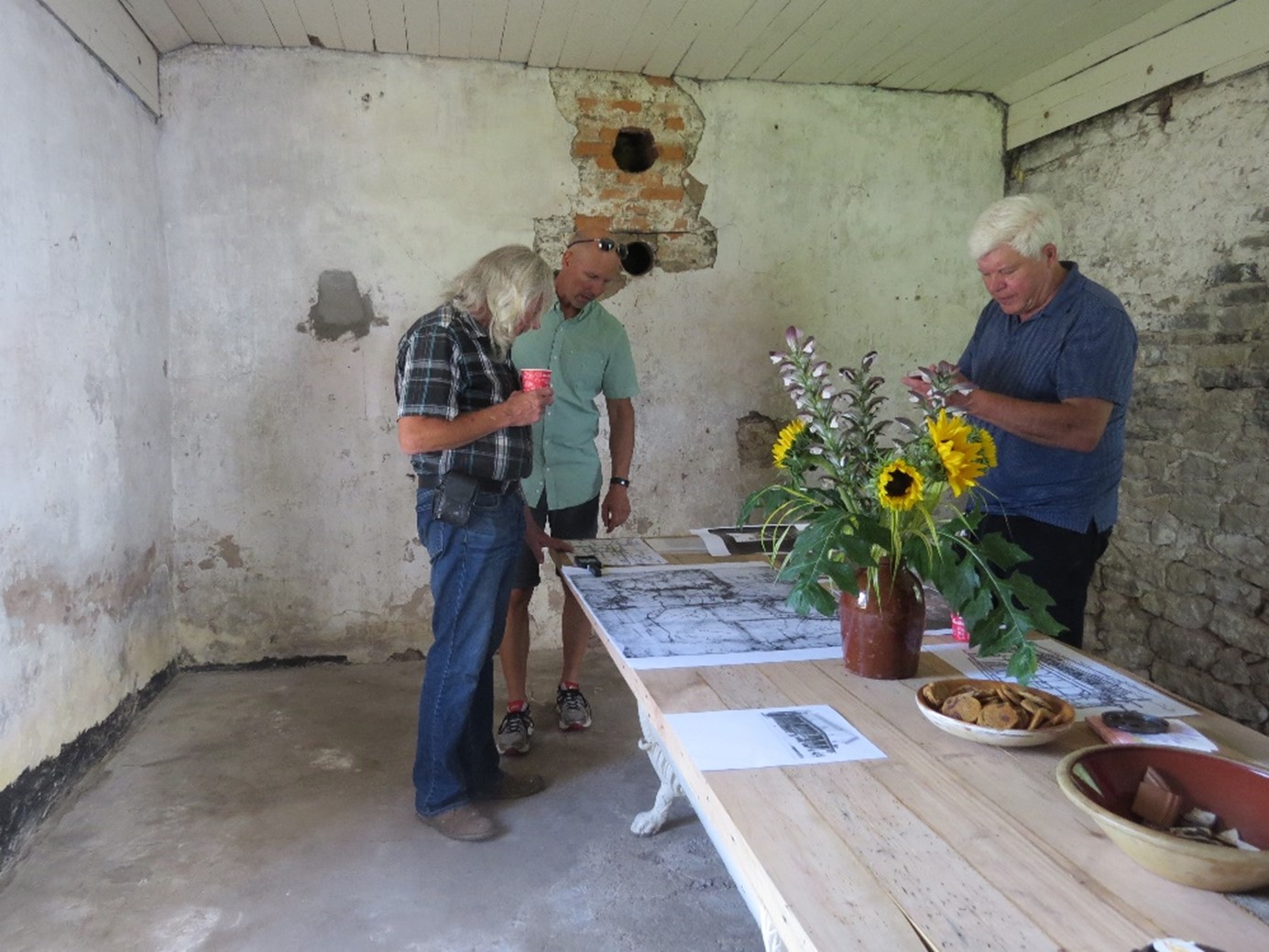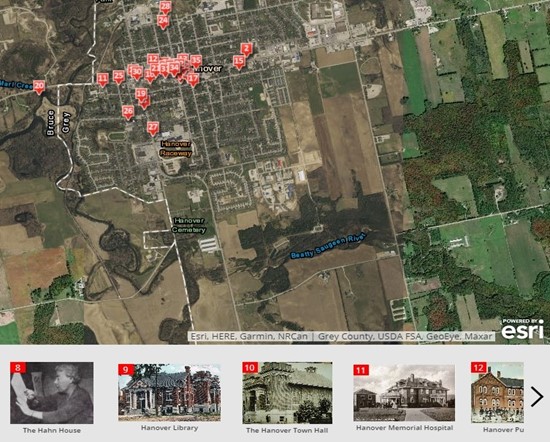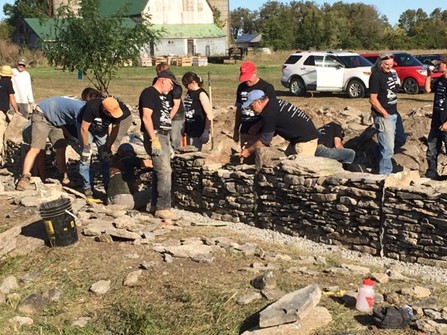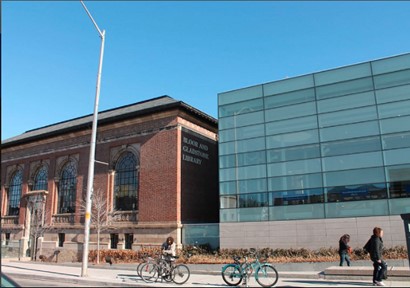2. Fulfilling your municipal heritage committee mandate

2.1. Understanding the role of council in heritage conservation
To understand the relationship between a municipal council and a municipal heritage committee, the role of council in heritage conservation under the Ontario Heritage Act must first be examined.
Decisions regarding cultural heritage conservation are the responsibility of municipal councils under the authority of the OHA. The Act empowers council to enact such things as:
- designation of individual property, districts or areas
- issuance or refusal of permits to alter or demolish a designated property
- repeal of designation bylaws
- purchase or lease of designated property
- expropriation of designated property
- grant and loan programs for designated property owners
- entering into easements and covenants
The following responsibilities of a municipal council are also important components of their ability to support cultural heritage conservation within the municipality:
- setting the municipal budget to be used for heritage conservation
- implementing heritage conservation policies in the Official Plan and its amendments
- receiving recommendations and consulting with the MHC, where one is established, and having due regard for the committee’s advice
2.1.1. Specific consultation requirements
Once council has established an MHC then council is required under the Ontario Heritage Act to consult with the MHC on:
- the designation of individual properties and of heritage conservation districts
- applications to alter designated properties
- applications to demolish or remove properties of cultural heritage value or interest
- applications to repeal designation bylaws
- easements or covenants
Under Part IV of the Ontario Heritage Act, council is required to consult with the MHC (where one exists):
- when adding or removing non-designated (‘listed’) properties from the municipal register of heritage properties (for more information on the register, please refer to Heritage Property Evaluation: A Guide to Listing, Researching and Evaluating Cultural Heritage Property in Ontario Communities
- before serving notice of intent to designate a property
- before proposing to amend a designation bylaw
- before repealing a bylaw, or part thereof, designating a property
- before considering an application from an owner of a designated property to repeal the bylaw, or part thereof, designating a property
- on an application to alter a designated property where the alteration is likely to affect the heritage attributes (listed in the statement of cultural heritage value or interest) as set out in the bylaw designating a property
- before delegating power to an employee or official of the municipality to consent to all, or classes of, alterations of individually designated property
- on an application to demolish or remove any building or structure on designated property
- before passing bylaws to establish easements or covenants with owners of real property for conserving properties of cultural heritage value or interest
Under Part V, council is required to consult with the MHC (where one exists):
- when undertaking a study for a future heritage conservation district
- before passing a bylaw to define a study area for a future heritage conservation district
- before a proposed heritage conservation district plan is passed
- before council delegates, by bylaw, its power to grant permits for the alteration of property situated in a heritage conservation district
- on an application to demolish or remove any building or structure on property in a heritage conservation district
It is the MHC’s statutory role to submit recommendations on these matters to council. For council to seek advice from staff in place of the MHC (where one exists) is not consistent with the direction of the Ontario Heritage Act.
2.2. Understanding the municipal heritage committee’s reporting relationship to council
To properly fulfill its role, an MHC should have a clear reporting relationship to council. Some committees may be organized to report administratively through standing committees such as planning advisory or community development committees, or through the municipal chief administrative officer, while others may report directly to council.
Most councils and MHCss have found that having 1 or 2 municipal council representatives on the committee helps to maintain consistent communication between council and its MHC. For instance, the council member can update fellow councillors on the MHC’s activities, introduce bylaws at the appropriate time, and inform the committee of the council’s expectations and requirements.
Council’s role and involvement is critical in the implementation of a successful heritage conservation program in the community. Council should be informed at all times of MHC’s operations and recommendations through such avenues as the committee’s minutes, reports to council, annual reports and involvement in committee activities.
2.3. Other municipal heritage committee responsibilities
In addition to its advisory and consultative roles to council, this section outlines several other responsibilities and activities which could be assigned to MHCs.
2.3.1. Identifying properties of cultural heritage value or interest
Many municipalities begin their heritage conservation programs by examining, researching and evaluating properties and areas that may meet the criteria for having cultural heritage value or interest. The results of such a survey or inventory can make individual designation decisions easier and more objective. An inventory is also an effective tool for understanding and managing cultural heritage resources identified to have cultural heritage value or interest. For more information, please refer to Heritage Property Evaluation: A Guide to Listing, Researching and Evaluating Cultural Heritage Property in Ontario Communities.

2.3.2. Involving the community and developing partnerships
The MHC enables the community to express its interests in heritage conservation through a municipally-recognized body, and to understand heritage conservation opportunities and issues in their jurisdiction.
Cooperation, partnerships and consultation with other heritage and community organizations expand the possibilities for community involvement. The annual Ontario Heritage Trust’s Doors Open events throughout Ontario aimed at showcasing Ontario’s valued heritage assets are an excellent example of MHCss partnering with tourism and culture agencies to engage residents and visitors in celebrating the province’s heritage. These events also build greater knowledge and stewardship for the role heritage plays in creating a sense of place.

2.3.3. Educating and informing the community
In addition to its advisory role, an MHC can play an active role in promoting heritage conservation within communities. This may include advising heritage property owners on appropriate conservation and maintenance practices. MHCs often produce newsletters, descriptive guides, maps, plaques, exhibits and other educational material about notable buildings, streets, landscapes and districts to raise awareness of the municipality’s properties of cultural heritage value or interest and other cultural heritage resources.
2.3.4. Educating and informing council
The MHC also has a role to play in educating and informing the municipal council. Building a relationship with councillors and developing their understanding of local heritage is important. MHC members (in consultation with any municipal heritage planning staff) can provide context and understanding that council needs to make its decisions. This educational role is part of providing effective advisory service to council.
2.3.5. Working with other legislation affecting cultural heritage resources
Other legislation governing the powers of municipalities, such as the Planning Act and Building Code Act, may have implications for heritage conservation. MHCss can play a role in supporting the consideration of heritage resources in any of these contexts, by assisting the provision of cultural heritage data, reviewing and commenting on technical cultural heritage studies, advising on mitigation measures, informing heritage conservation policies for the municipal Official Plan and reviewing zoning bylaws. Council should specify in the terms of reference the process for consulting with the committee on situations that have implications for heritage resources and what the scope of that advice should be.
